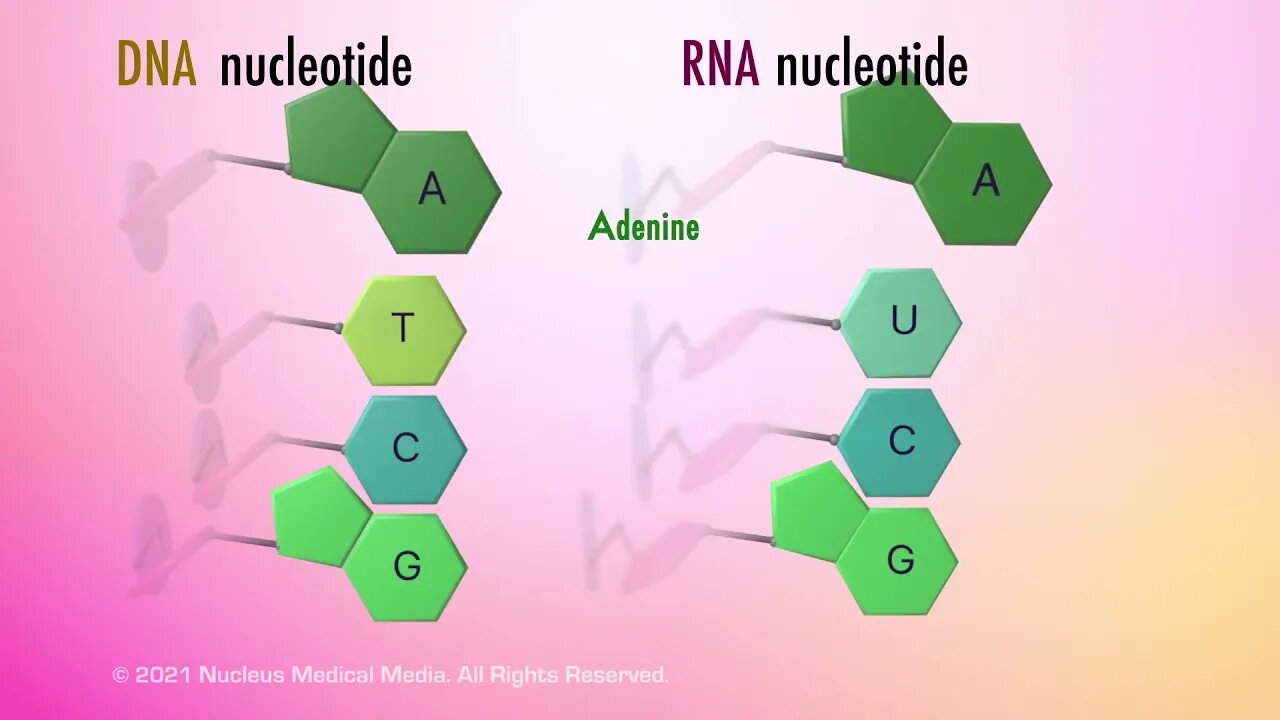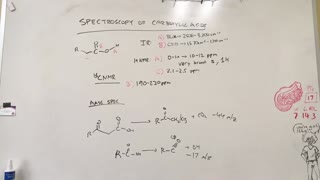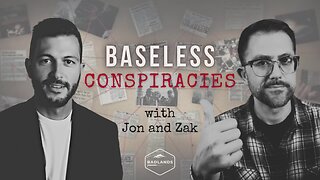Premium Only Content

Nucleic Acids
For Employees of hospitals, schools, universities and libraries: download up to 8 FREE medical animations from Nucleus by signing up for a free trial at: http://nmal.nucleusmedicalmedia.com/biology_youtube
#NucleicAcids #DNA #RNA
SCIENCE ANIMATION TRANSCRIPT: The final organic macromolecule we'll cover is nucleic acids. A nucleic acid is an organic macromolecule, which means it's a large organic compound made from thousands or hundreds of thousands of smaller molecules. There are two types of nucleic acids, deoxyribonucleic acid or DNA and ribonucleic acid or RNA. Notice that both terms actually contain the words nucleic acid in them. In living organisms, DNA is the main component of chromatin, which will condense into the familiar chromosome shape prior to cell division. The DNA in chromosomes is organized in a specific order that makes up an organism's genes. Genes contain the directions for every function, trait, and activity in a living organism. These activities include growth, reproduction, and especially, heredity, which means the ability to pass on genes to offspring. The other type of nucleic acid, RNA, is integrally involved in building specific proteins by assembling their amino acids in the correct order. Proteins are responsible for all cellular functions in living organisms. So what are nucleic acids made of? Of course, as an organic macromolecule, nucleic acids contain the element carbon. Like proteins, nucleic acids also contain hydrogen, oxygen, and nitrogen. But nucleic acids also contain the element, phosphorous. So what is the structure of nucleic acids? Well, both DNA and RNA are made up of monomers called nucleotides. All nucleotides contain three compounds. The first compound is a phosphate group which contains phosphorous. The second compound is a five-carbon sugar. All five-carbon sugars can be called a pentose. A good way to remember this is that pent means five and the suffix, -ose, means sugar. The specific pentose sugar in RNA is called ribose. The pentose sugar in DNA has one less oxygen than ribose in RNA, which leads to its name, deoxyribose. The third compound in a nucleic acid nucleotide is a weak base that always contains nitrogen. For this reason, this compound is referred to as a nitrogenous base. The nucleotides in DNA contain one of four possible nitrogenous bases. They are called adenine, thymine, cytosine, or guanine. These bases are usually abbreviated as A, T, C, and G. Similarly, the nucleotides in RNA also contain one of four nitrogenous bases, adenine, uracil, cytosine or guanine. They are abbreviated as A, U, C, and G. Notice that both DNA and RNA have adenine, cytosine, and guanine but only DNA has thymine and only RNA has your uracil. So how do nucleotide monomers assemble into nucleic acids? Well, the phosphate group in one nucleotide bonds with the pentose sugar in another nucleotide. The assembled string of nucleotide forms a nucleic acid polymer. Even though both RNA and DNA have alternating sugar and phosphate groups, there are differences in their overall structure. For example, RNA is a single-stranded nucleic acid while DNA is a double-stranded nucleic acid. The two strands in DNA are linked by a hydrogen bond that connects the nitrogenous bases from one strand to the nitrogenous bases from the other strand. In summary, nucleic acids are organic macromolecules. The two types of nucleic acids are DNA and RNA. DNA and RNA are used to transmit hereditary information and to instruct the cell how to properly construct proteins. Nucleic acids contain carbon, hydrogen, oxygen, nitrogen, and phosphorous. Nucleotides are the monomers that bond together to form DNA or RNA. Nucleotides consist of three compounds, a phosphate group, a five-carbon sugar, also known as a pentose, and a nitrogenous base. The nitrogenous bases in DNA are adenine, thymine, cytosine, and guanine. The nitrogenous bases in RNA are adenine, uracil, cytosine, and guanine. The five-carbon sugar in DNA is called deoxyribose while the five-carbon sugar in RNA is called ribose.
NSV16033
-
 5:08
5:08
Organic Chemistry I & II
3 years ago $0.06 earnedSpectroscopy of Carboxylic Acids
68 -
 14:00
14:00
Degenerate Jay
8 hours ago $2.99 earnedHow Batman Arkham Asylum Mastered The Atmosphere Of Horror
27K1 -
 5:08:36
5:08:36
Drew Hernandez
13 hours agoWHAT IS TRUMP'S PLAY WITH ISRAEL?
59.4K11 -
 1:38:06
1:38:06
Badlands Media
9 hours agoBaseless Conspiracies Ep. 132: Hollywood, Handlers & The Party of False Decorum
311K15 -
 2:41:35
2:41:35
TimcastIRL
9 hours agoTrump US China Trade Deal Sees Market SKYROCKET, EO Signed To DROP Drug Costs | Timcast IRL
376K120 -
 3:11:22
3:11:22
Barry Cunningham
14 hours agoPRESIDENT TRUMP IS BRINGING PROSPERITY AND WEALTH TO AMERICA AND LIBERALS HAVE NOTHING TO SAY!
103K70 -
 1:50:15
1:50:15
Jamie Kennedy
1 day agoGhostwriting, Getting Fired, and Going Too Far | Ep 205 with Bill Dawes
44.3K2 -
 2:52:54
2:52:54
I_Came_With_Fire_Podcast
12 hours agoMEAD & MENTAL HEALTH W/ VIKINGS, OUTLAWS AND COWBOYS!
46.7K2 -
 9:00:06
9:00:06
RalliedLIVE
15 hours ago $4.64 earnedShotty Boys vs Ranked
90.9K3 -
 8:00:03
8:00:03
SpartakusLIVE
10 hours agoDuos w/ GloryJean || Monday MOTIVATION
33.8K1